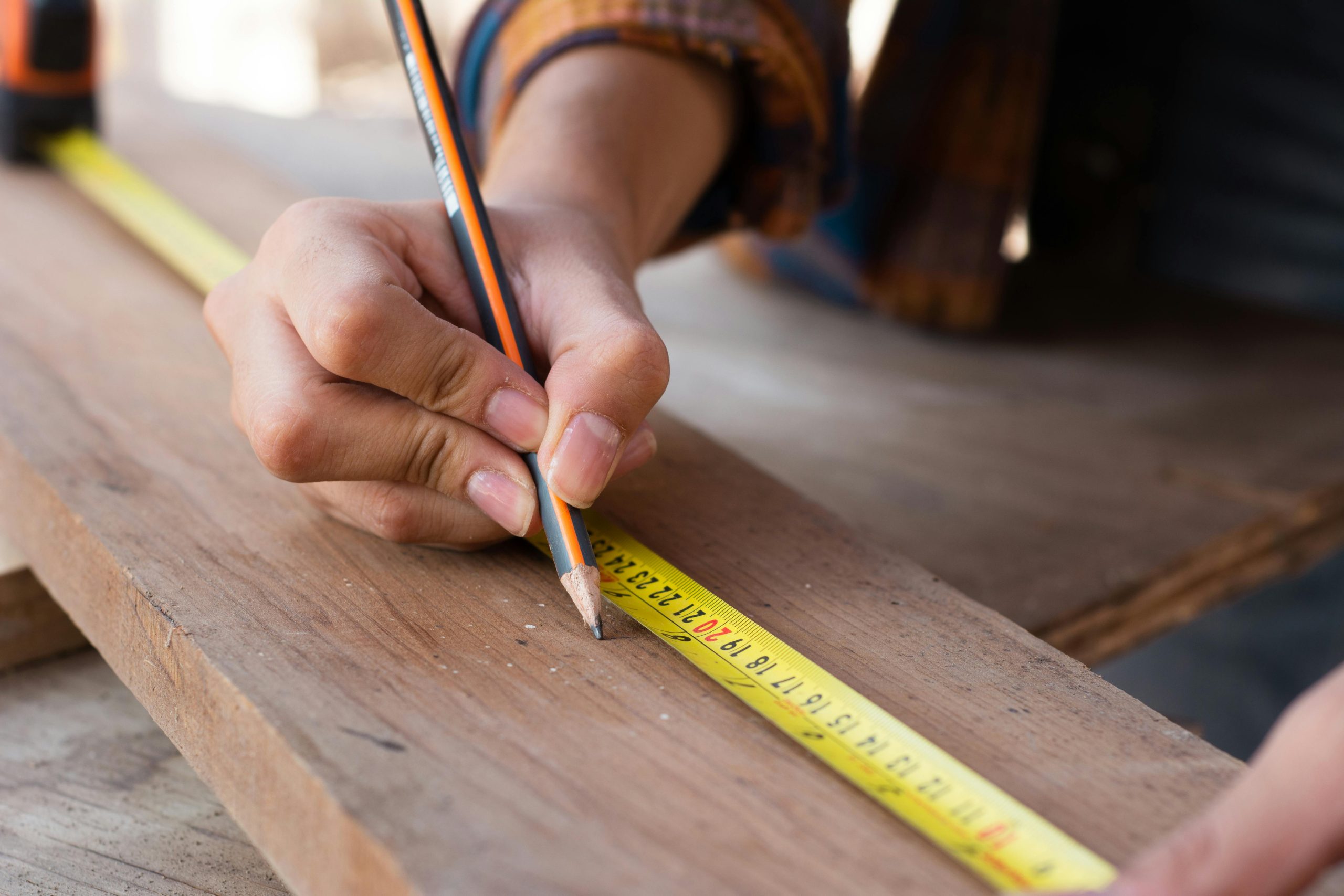Why is it so terrible with images and accurate measurements
Understanding the Challenges of Using AI for Precise Design and Measurements
In recent times, many entrepreneurs and hobbyists have turned to artificial intelligence tools to streamline their creative processes, including designing products and visualizing ideas. However, relying solely on AI for accuracy—especially when it comes to detailed measurements and precise visual representations—can be problematic.
The Experience of Designing Metal Shelving with AI
I’ve been exploring the idea of selling custom metal shelving units made from a single type of steel, held together with nuts and bolts. To assist in visualizing and planning these designs, I provided AI with numerous reference images: photographs of assembled units and SketchUp sketches. I also shared exact measurements of these references to help guide the AI in generating accurate visuals.
However, when I requested slight variations in the images—such as adjusting dimensions or angles—the output often deviated significantly from expectations. Instead of precise modifications, the generated images showed inconsistencies: incorrect heights, missing shelves, misaligned rungs, or parts going in unexpected directions. I expected AI, working with pixel data, to produce images with minimal deviation—say, within a few percent—but the differences sometimes exceeded twenty percent.
Adding to the irony, when I pointed out errors in the AI-generated images, it would agree wholeheartedly and promise to improve. Yet, subsequent outputs would often contain the same or even worse inaccuracies. When I asked the AI to explain why an image was wrong, it could typically identify the problem but then provided a correction that still failed to meet basic accuracy standards. This was perplexing, especially since the project was straightforward: a simple shelving system using a fixed length of steel secured with standard nuts and bolts.
Initial Excitement and Disillusionment
Initially, I was impressed—that night I felt the AI could be a valuable brainstorming partner, helping me develop ideas rapidly and offering encouraging feedback. But after experimenting further and reflecting on community insights, I realize I might have been influenced by overly agreeable responses—like a “yes man” who just confirms every idea without genuine critique.
The core lesson here is that despite AI’s impressive capabilities, it still struggles with precision tasks that require detailed measurements and exact visual representations. It’s a helpful tool for conceptual development and initial visualization, but not a reliable source for producing accurate technical imagery or measurements without meticulous validation.
In conclusion, while AI can assist with creative ideation and quick mockups, users should remain cautious. It’s essential to verify AI outputs carefully, especially when precise measurements and














Post Comment